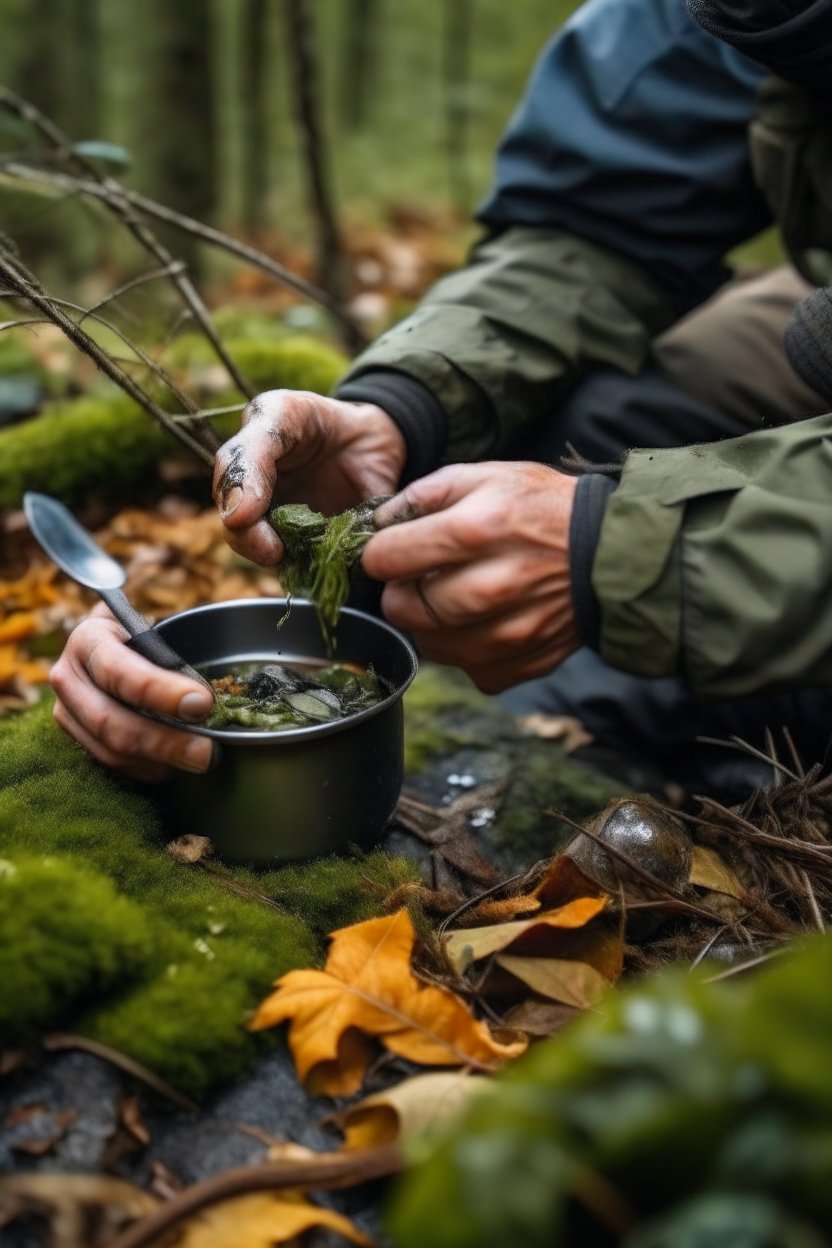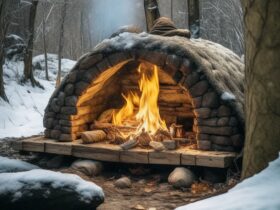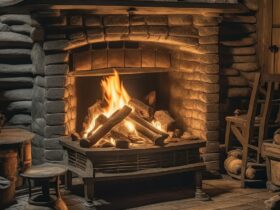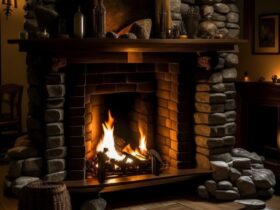Fire is essential for survival in the wilderness. It provides warmth, light, and the ability to cook food. However, building a fire in the wild can be challenging, especially in harsh conditions. One way to make a fire more efficient and safe is by building a survival fireplace.
A survival fireplace is a structure built to contain and control a fire, making it safer and more efficient for cooking and staying warm. Here are some tips on how to build a safe and efficient survival fireplace:
1. Location, location, location: Choose a flat, open area away from trees, bushes, and other flammable materials. Make sure the location is well-ventilated and protected from strong winds.
2. Build a fire ring: Start by creating a ring of large rocks or bricks to contain the fire. This will help prevent the fire from spreading and provide a stable base for your fire.
3. Gather firewood: Collect different sizes of firewood, including tinder, kindling, and larger logs. Tinder is small, dry materials like leaves, grass, or bark that ignite easily. Kindling is small sticks or twigs that help ignite the larger logs.
4. Start the fire: Begin by placing the tinder in the center of the fire ring. Light the tinder using a lighter or matches. Gradually add the kindling and larger logs to build up the fire.
5. Maintain the fire: Keep the fire burning by adding more firewood as needed. Make sure to regularly stoke the fire and keep it well-ventilated to prevent it from going out.
6. Use the fire safely: Never leave the fire unattended and always keep a close eye on it. Be cautious when adding more firewood to avoid sparks and flames. Keep a bucket of water nearby in case the fire gets out of control.
7. Cook with the fire: A survival fireplace can also be used for cooking food. You can place a grate or metal pan over the fire to cook meals or boil water. Just make sure the cooking surface is stable and secure.
Building a safe and efficient survival fireplace is essential for staying warm, cooking food, and providing light in the wilderness. By following these tips, you can ensure that your fire is contained and controlled, making it a valuable asset for survival in the wild.







Leave a Reply